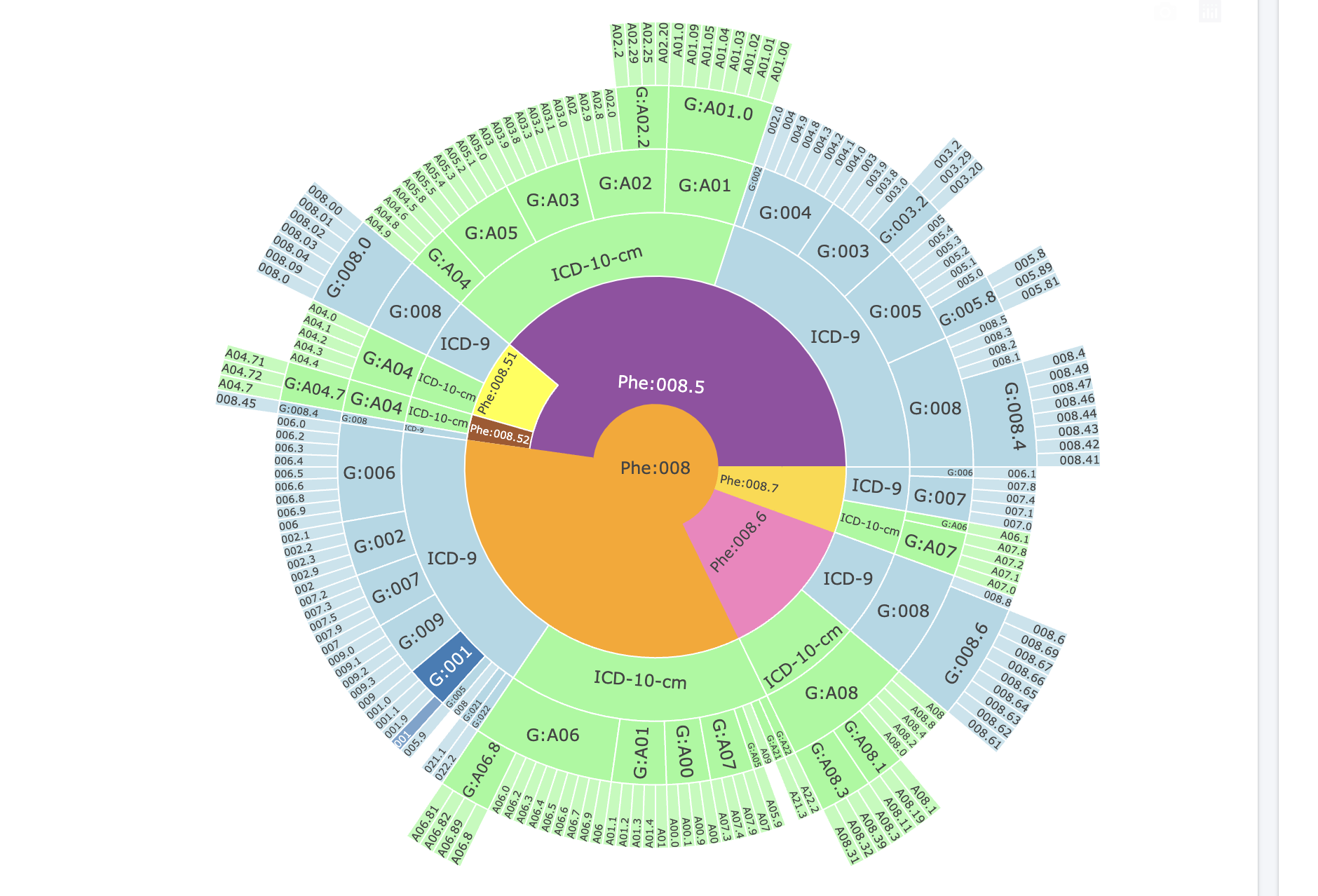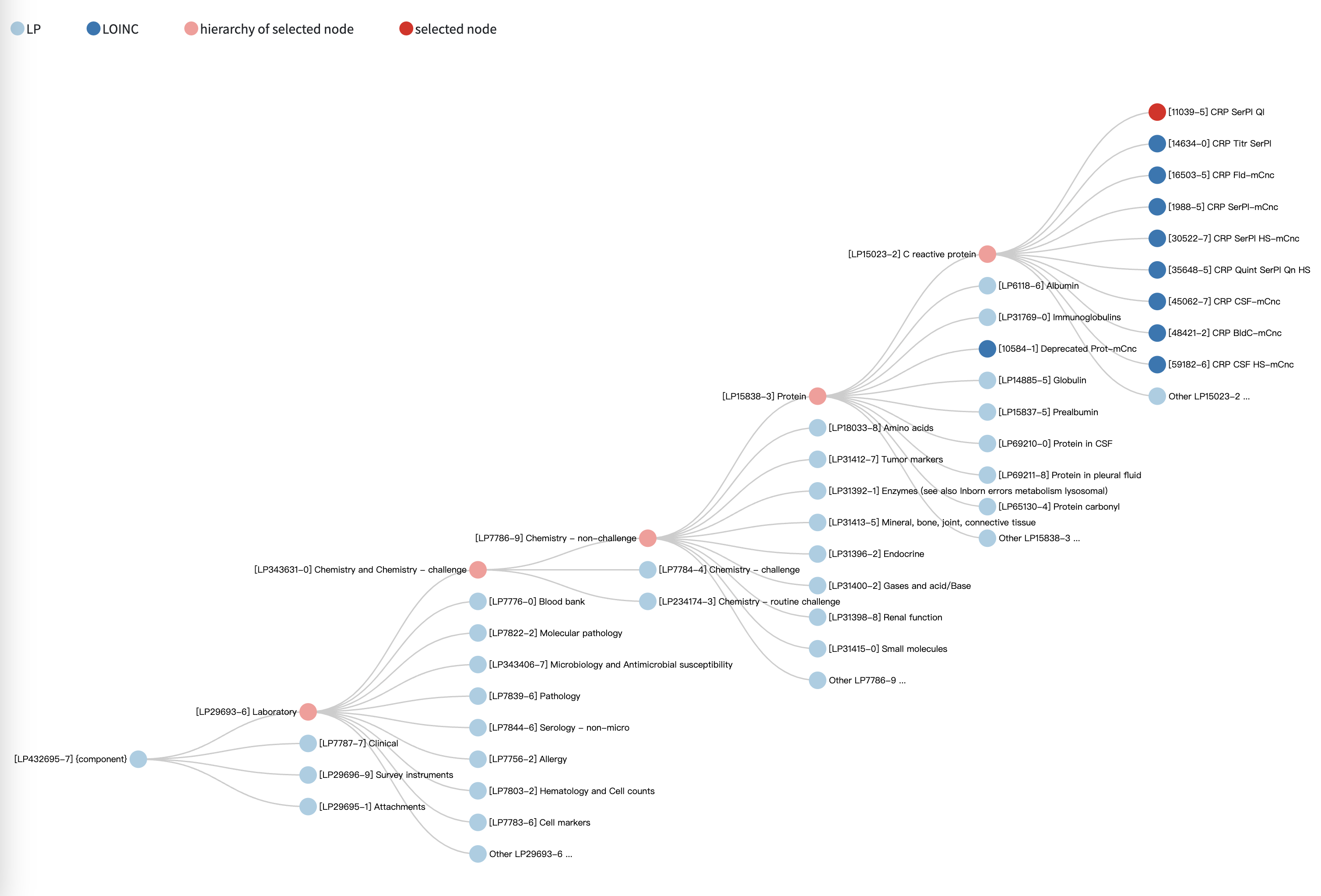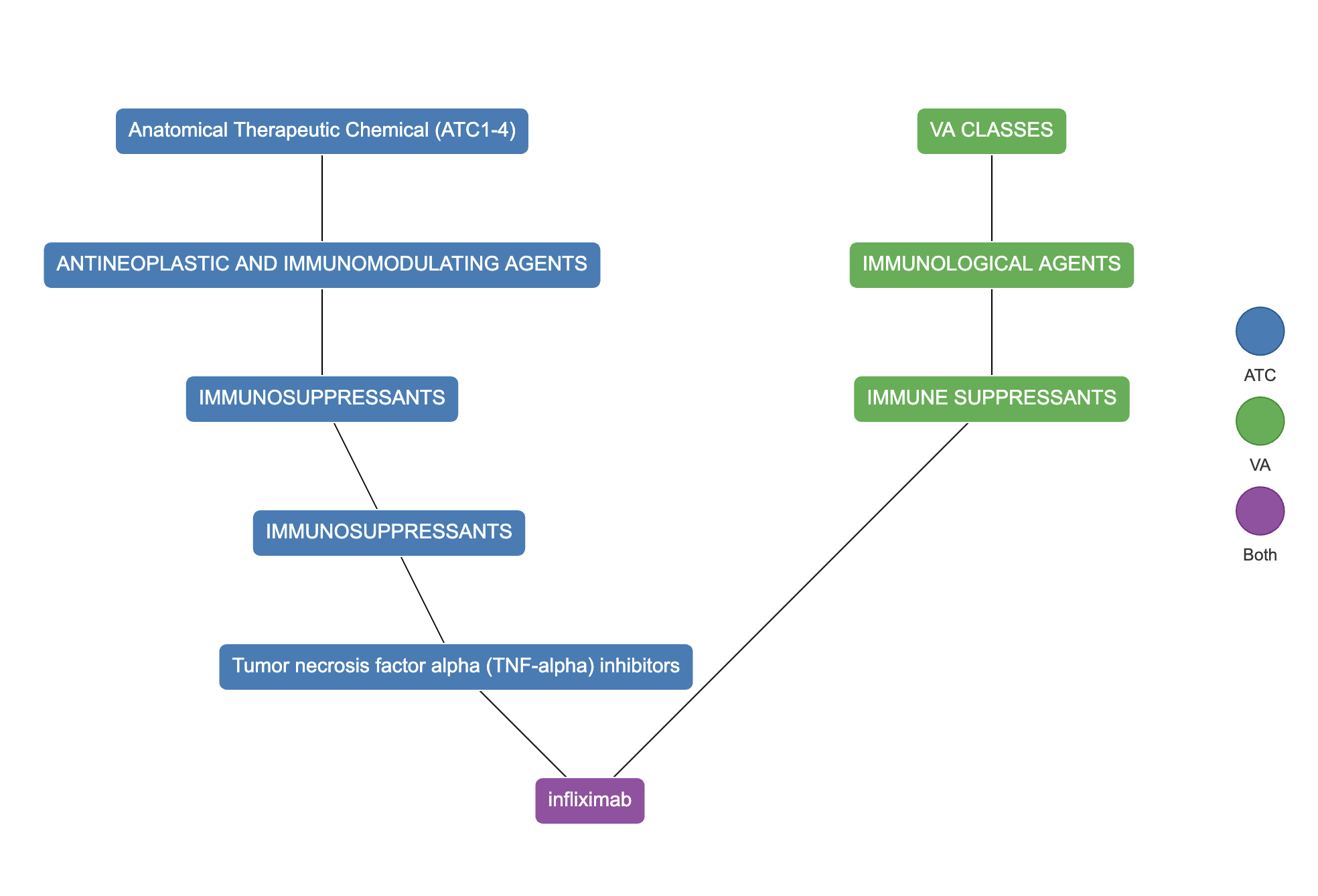ICD: The International Classification of Diseases (ICD) is a standardized system used to code causes of death (mortality) data from death certificates.
LOINC: a common language (set of identifiers, names, and codes) for identifying health measurements, observations, and documents.
RxNorm: provides normalized names for clinical drugs and links its names to many of the drug vocabularies commonly used in pharmacy management and drug interaction software.




